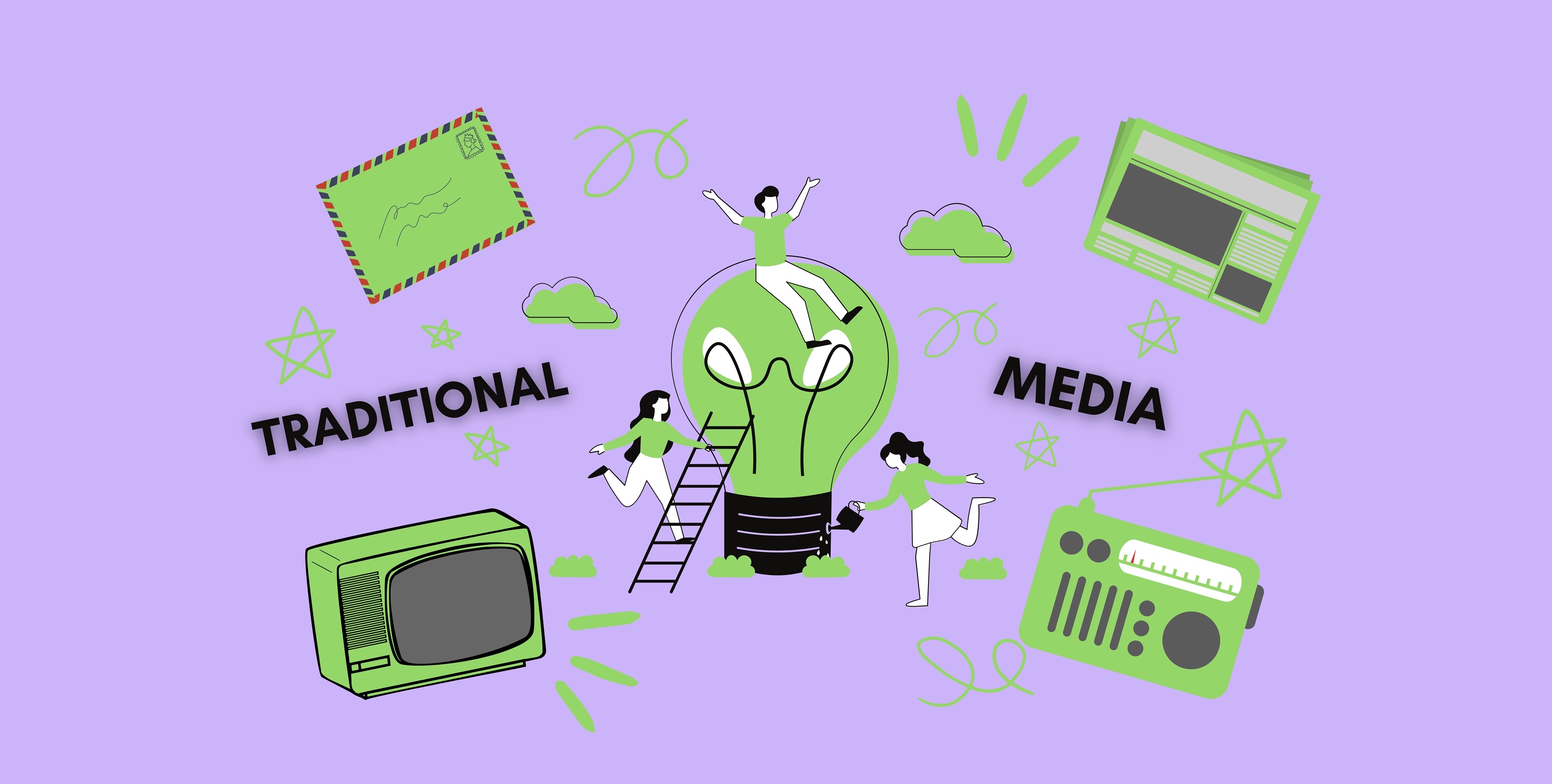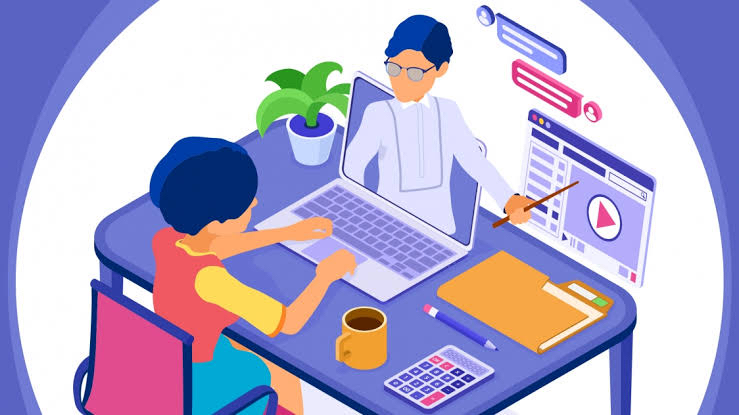Media And Information Literacy

The Role of Media and Its Impact in Today’s COVID-19 Pandemic
The COVID-19 Pandemic is spreading all over the globe, and people are worried about it. Many implementations have been made by the government to prevent the virus from spreading. The COVID-19 pandemic has resulted in a significant loss of human life throughout the world, posing a spawned the emergence of events to public health, food systems, and the environment (World Health Organization, n.d.). Different forms of media have been used to help disseminate information in every country. A huge percentage of people all over the world rely on various forms of media to keep them informed about current events throughout the world (“Importance of Media”, 2018). According to Davis (2021), media is now an important part of our lives, and it plays a significant influence in almost every aspect of our everyday lives. It connects us to global events and provides us with information such as news, history, and entertainment. These are some of the reasons why media has a significant impact on society as a whole.
The Role of Media During the COVID-19 Pandemic is that it can help society to learn what information is right and what is wrong. According to Tang, Q., Zhang, K., & Li, Y. (2020), the government's actions and social media giants have shown that public-private cooperation to recognize, fact-check, and even terminate false or outdated information may be an effective way to prevent this online information from hindering or even worsening public health efforts. Social media operators can monitor high-traffic information and combine artificial intelligence to remove misleading information on time. If false information is spread throughout the internet, people will underestimate the virus, like the ones who were called the anti-maskers and anti-vaxxers. Moreover, according to Kristine De Valck, people turn to social media not only for support and entertainment but also as a source of information. In addition, media needs to publish and update information about the pandemic promptly and popularize knowledge through the government and medical professionals to help guide the public correctly and stabilize public sentiment.
Media serves as a way of transmitting information to people when it comes to the COVID-19 pandemic. We can also use it to be aware of what is happening to us every day, especially in today's time. We must know the news about the pandemic immediately so that we know what to prepare for and do in the coming days. The media is meant to offer us diverse points of view that we must evaluate in order to come up with a possible solution to specific situations. Nevertheless, we should be cautious about the information we get since not all of it is accurate. And with media, it can ensure the safety of the people because of all the types of information that it contains because with all the news spreading about the harmful effects of the virus, people will realize that going out unnecessarily will be fatal and can harm their family and people around them.
"We are in this together - and we will get through this, together." - Antonio Guterres
REFERENCES:
https://www.who.int/news/item/13-10-2020-impact-of-covid-19-on-people's-livelihoods-their-health-and-our-food-systems
https://www.hec.edu/en/knowledge/instants/what-role-social-media-during-covid-19-crisis-0
https://www.frontiersin.org/research-topics/13638/coronavirus-disease-covid-19-the-impact-and-role-of-mass-media-during-the-pandemic

